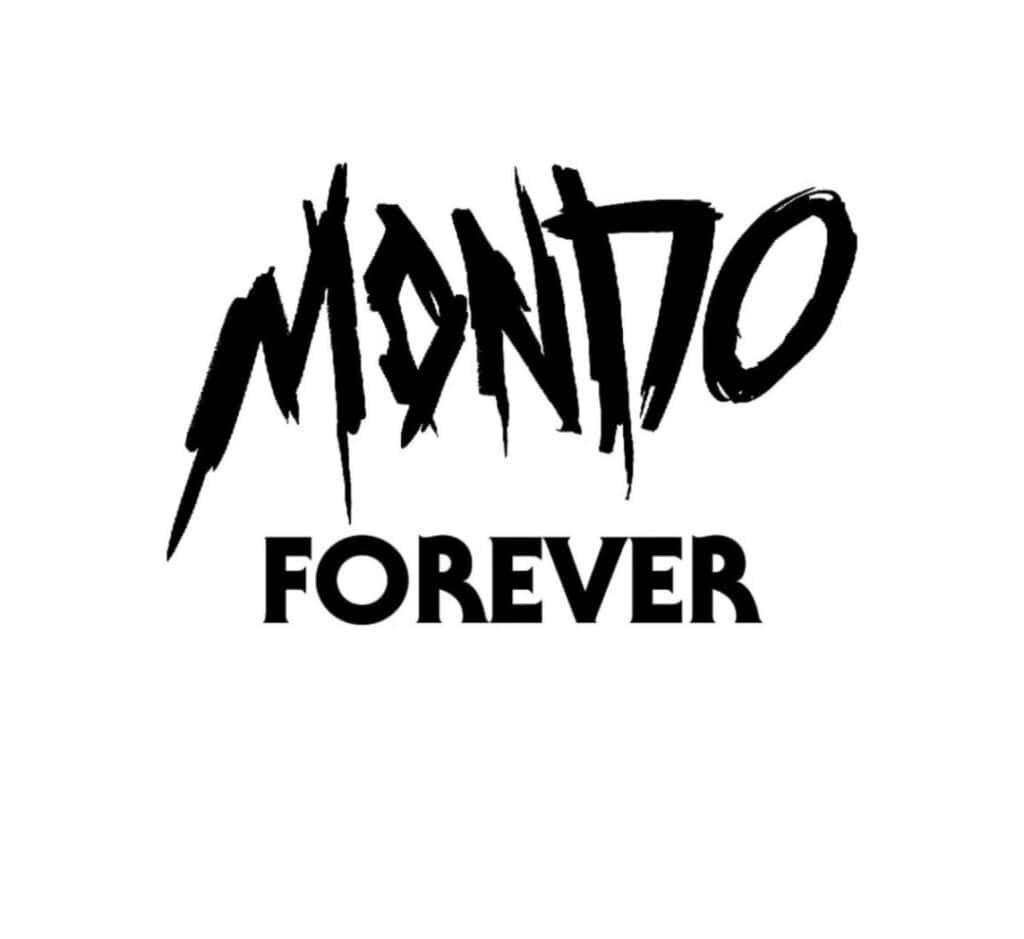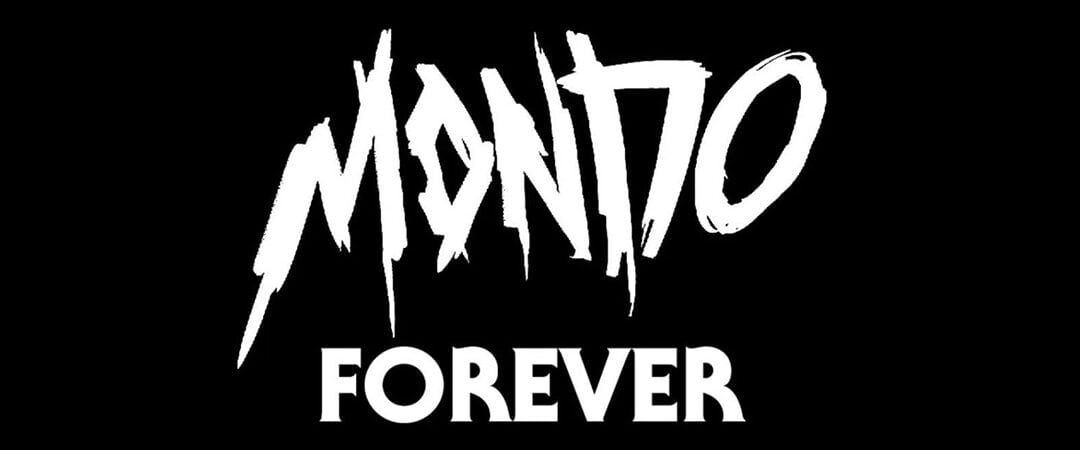
It was recently announced that less than a year after buying the Austin-based pop culture collectibles company Mondo, toy titan Funko laid of the bulk of the Mondo staff. This is not an unusual turn when companies acquire each other but hearing that amongst those fired were creative directors Mitch Putnam and Eric Garza, and Mondo co-founder and creative director Rob Jones came as a shock. The happenings of businesses are not a subject I follow, but Mondo is that rare specimen of a company where the people involved make the company, and not the other way around. These creative directors don’t need Mondo or Funko to continue doing stellar work, because each of these creatives that Funko severed ties with just so happen to be vital to the modern world of collectibles and illustration.
In 2012 I was in Austin, TX for the Austin Film Festival. Something I had written was in the competition and with the support of my wife, I was able to spend a few days in town for the event. Artist and friend Robert Bowen had posted on Facebook that his painting titled The Bride was in an exhibit happening in Austin during my visit. I had met Robert during our time at the Academy of Art University in San Francisco in the printmaking department. Robert was a graffiti artist plying his trade to the screen print medium and I was lost, struggling to make sense of what it meant to be training to be a printmaker in the real world. Quite a bit of life had happened between then and my place in the Austin Film Festival. I admired Robert’s ability to stay an artist, a working artist, and to see his work outside of the university setting was something I felt needed be done. I rallied some newfound filmmaking friends together and we ditched the film festival for a quick trip to the gallery to see Robert’s painting. The gallery was tucked between a restaurant and a frame shop. Across the street the dense trees shrouded the squat sand-colored buildings of a university. An ornate silver M hung aside the door. This was my introduction to the Mondo gallery.
Bowen’s The Bride hung with other original art, but the bulk of the exhibit were screen prints based on the classic set of Universal Monsters. The first image to hit me was Illustrator Kevin Tong‘s The Bride of Frankenstein poster. It was beyond what I had seen, or had seen possible, in the world of screen printing. This world that I had left, forcing myself to surrender to the expected boredom and safety of a regular job. The entire gallery had answered what baffled me in college — this was printmaking in the modern world. This was screen printing as a career. My dream of a life as a writer in Hollywood felt small in comparison to what was happening in that gallery.
By time I was introduced to Mondo in 2012, the company had grown from a small iron-on tee shirt side hustle of the Alamo Drafthouse to a legitimate force in pop culture-based illustrated posters. There’s was a fight against the commonplace floating heads template that dominated Hollywood’s marketing output. Mondo took a different approach — find an illustrator of gig posters or comics and have them use that approach towards a film poster. The combination of illustration and screen printing created just enough limitations to move beyond novel to game changing.
Mondo as we know it began in 2004 when Tim League curated a film and music event titled Cinemania and tapped Rob Jones to handle the posters. Since then, there have been 2,944 posters, 5 MondoCon events, over 20 gallery exhibits, the Art of Mondo book, and an exhibit at the National Film Archive of Japan and the National Museum of Modern Art, Kyoto. Nineteen years later and Mondo as we know it is gone. At what point during the creation of those 2,944 posters did Mondo change the way Hollywood approached the design of their film posters? Was it after the first one? The last? Somewhere in the middle? Whenever it was, Mondo inspired an entire industry to reconsider a major element of their marketing and in the process these directors guided the careers and visual evolution of an entire generation of artists. Funko destroyed a creative dynasty.
In the Art of Mondo book Rob Jones states, “To the fans, we appreciate your patronage. To the artists, we appreciate your passion. Without you, Mondo wouldn’t be much more than a ticket-booth-sized shop selling T-shirts.” Mondo wouldn’t be much of anything without Jones, Putnam, Garza and former Mondo creative director Justin Ishmael. Funko has the name. These directors have the legacy.
Below are a smattering of Mondo produced posters, personal favorites —
each is a significant mark in poster making, illustration, and collectible art.
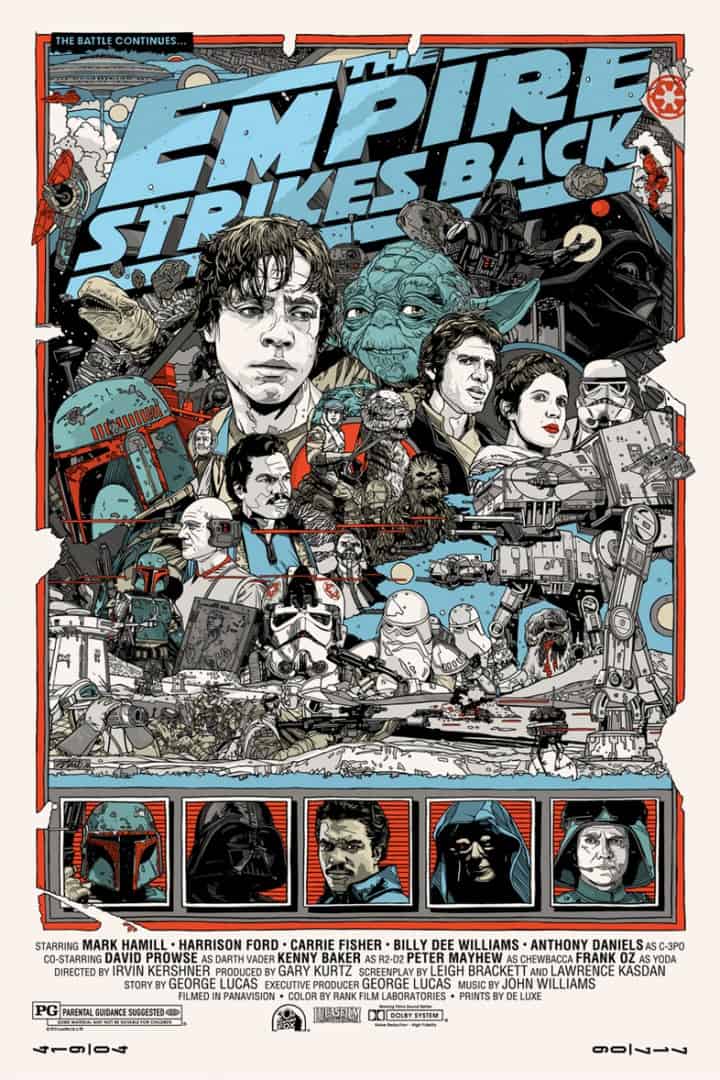
‘The Empire Strikes Back’ by Tyler Stout
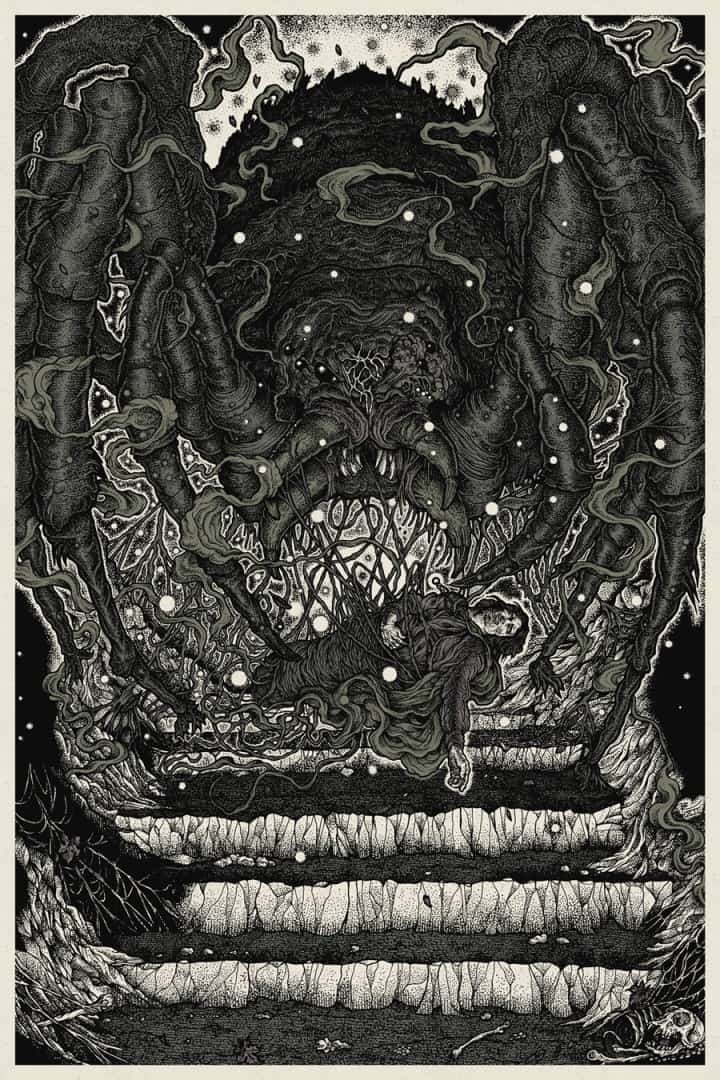
‘Shelob’s Lair’ by Richey Beckett
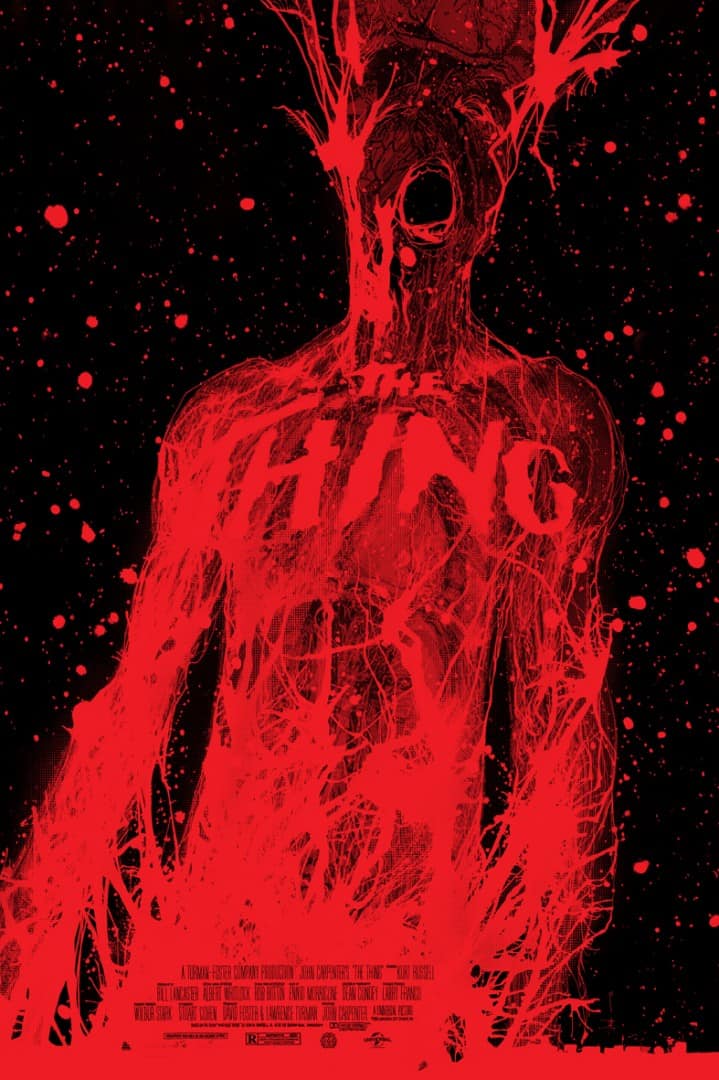
‘The Thing’ by Jock created for Mondo

‘The Graduate’ by Rory Kurtz for Mondo
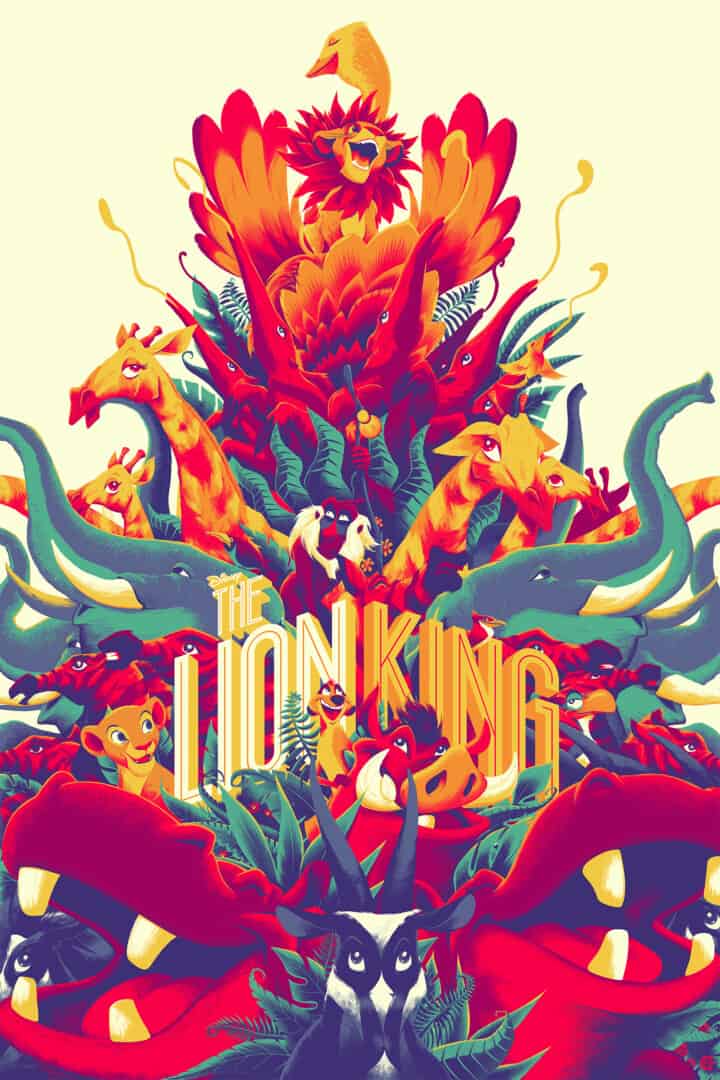
‘Lion King’ by Matt Taylor
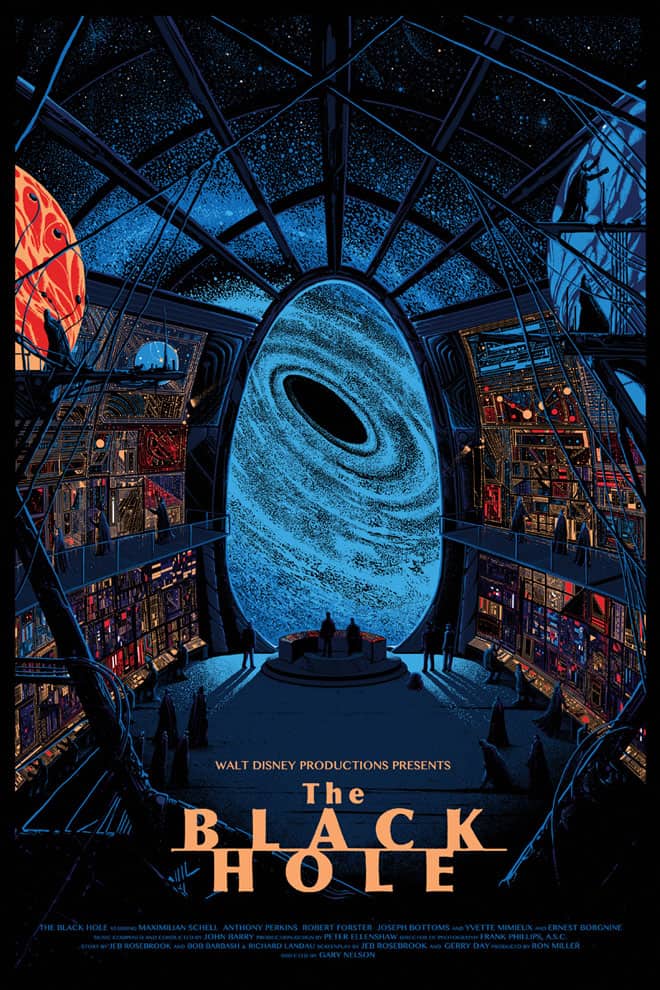
‘The Black Hole’ by Kilian Eng

‘The Wolf Man’ by Jay Shaw
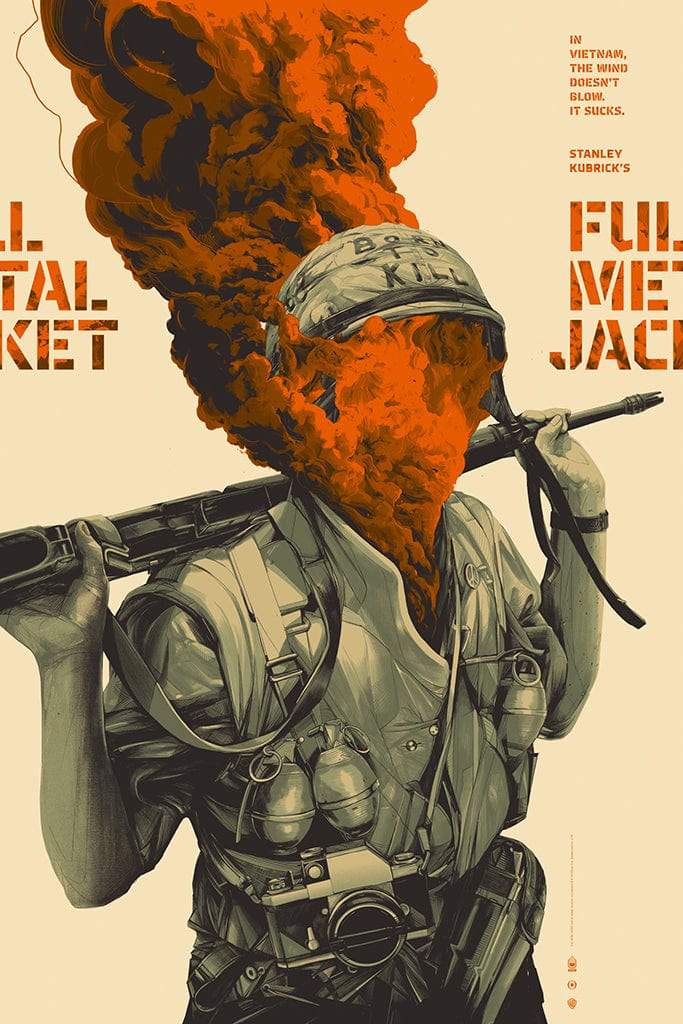
‘Full Metal Jacket’ by Oliver Barrett
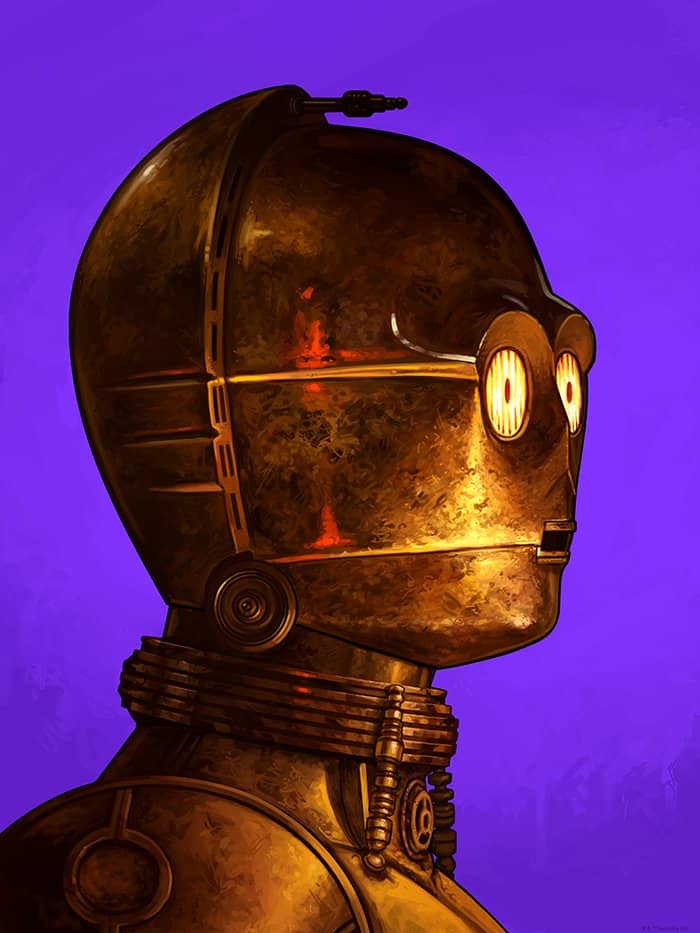
‘C3-PO’ by Mike Mitchell
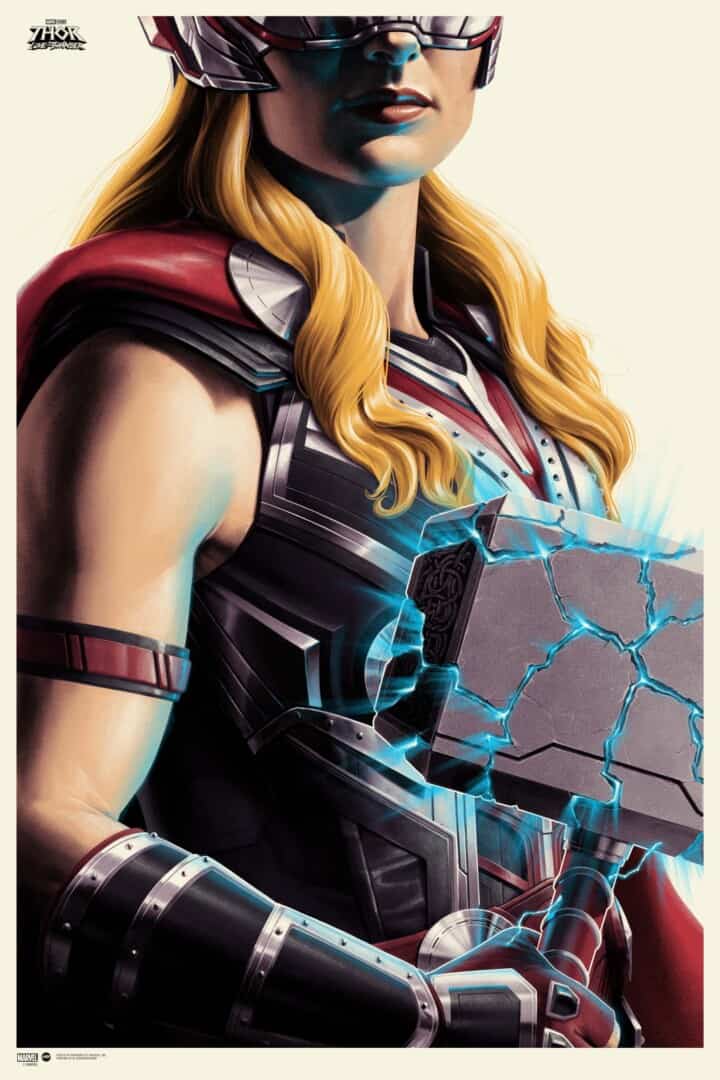
‘The Mighty Thor’ by Phantom City Creative
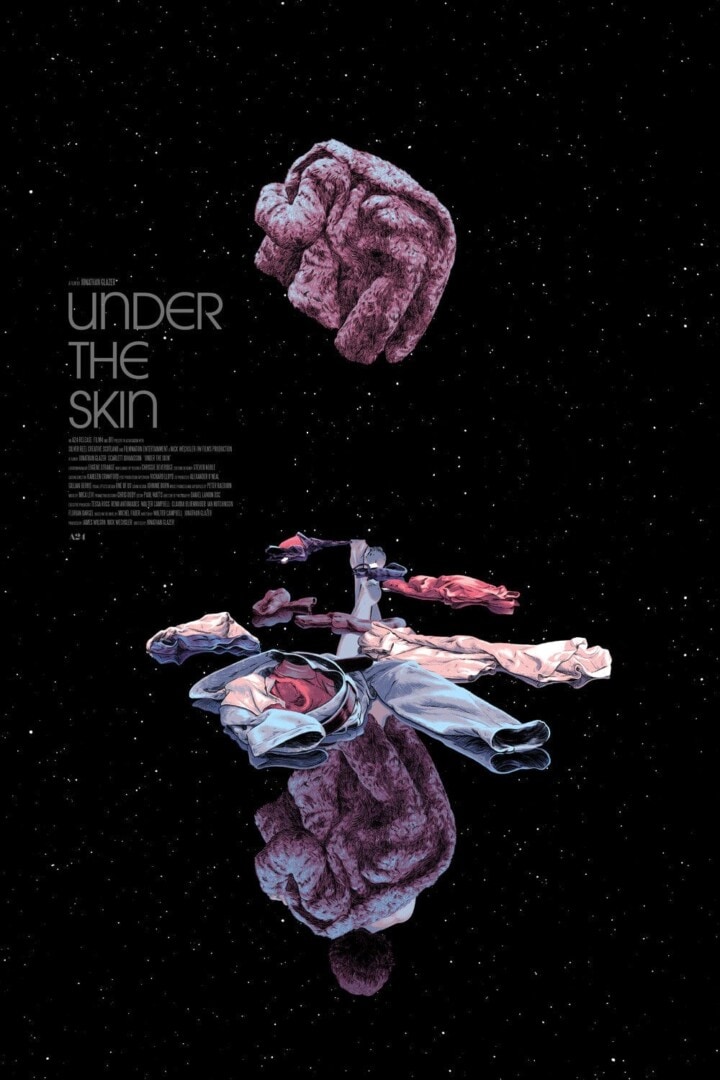
‘Under the Skin’ by Matthew Woodson
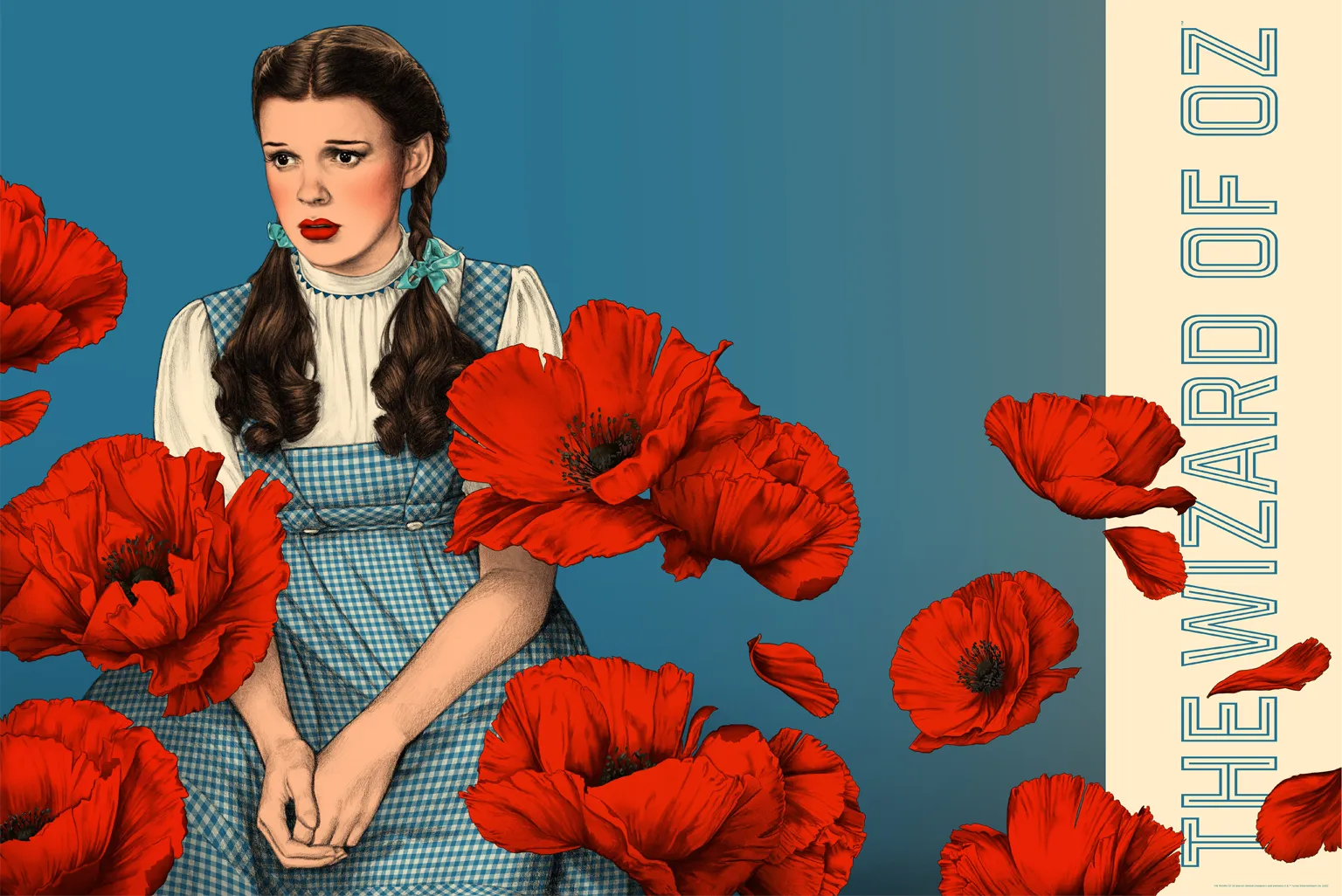
‘The Wizard of Oz’ by Jen Dionosio
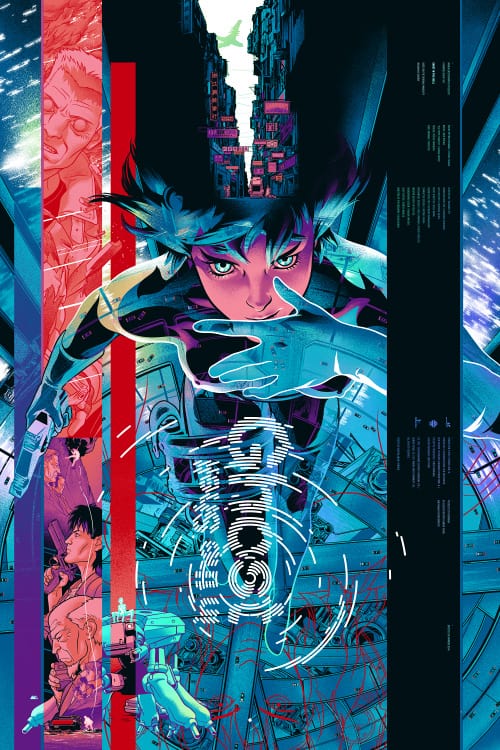
‘Ghost in the Shell’ by Martin Ansin
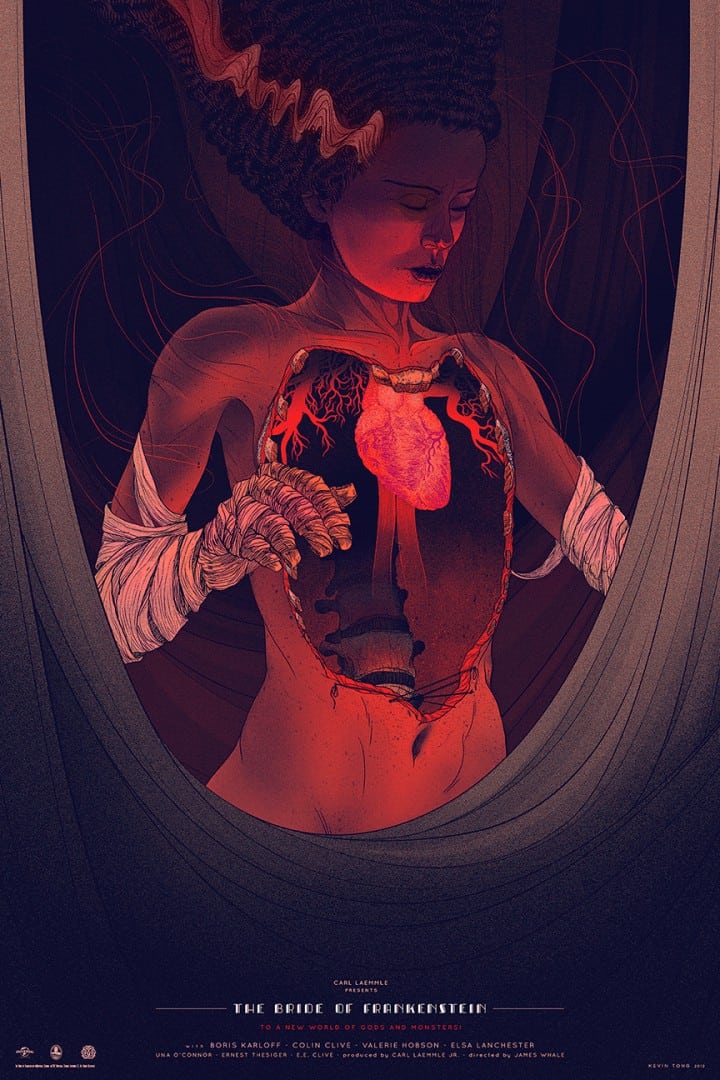
Kevin Tong’s ‘Bride of Frankenstein’ created for Mondo’s Universal Monsters show.
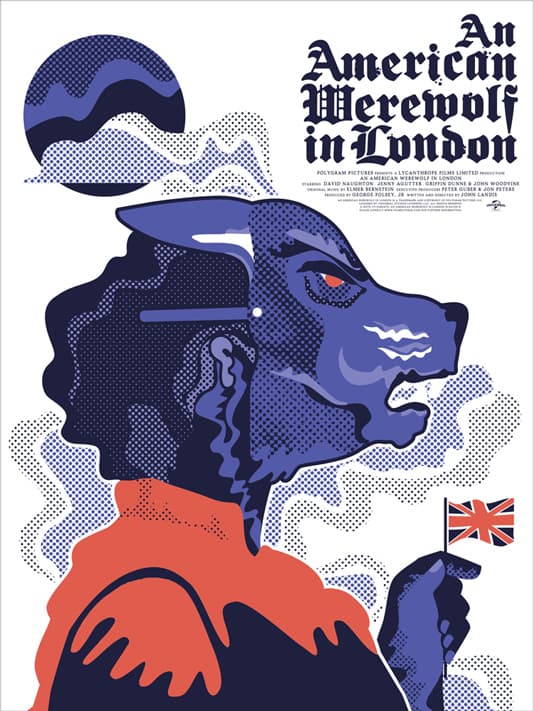
‘An American Werewolf in London’ by We Buy Your Kids for their Mondo show ‘Tina’s Mom’s Boyfriend’
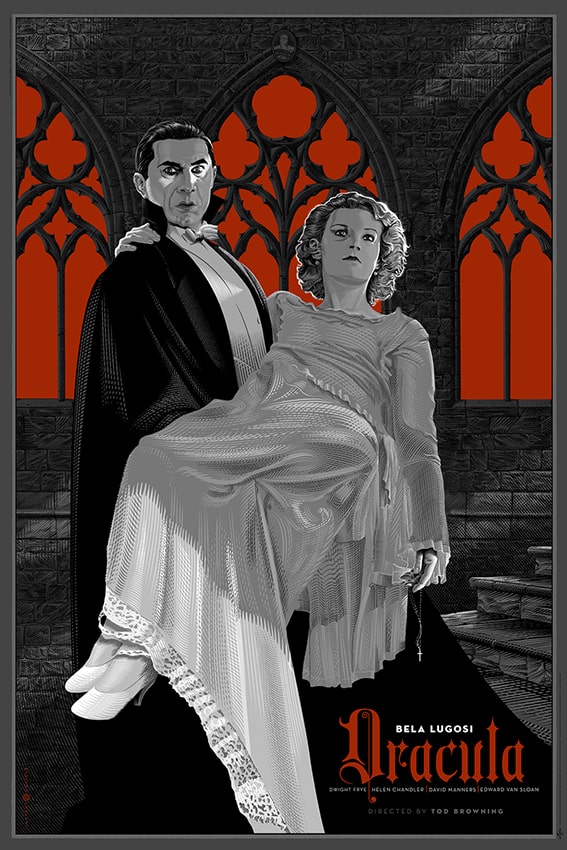
‘Dracula’ by Laurent Durieux
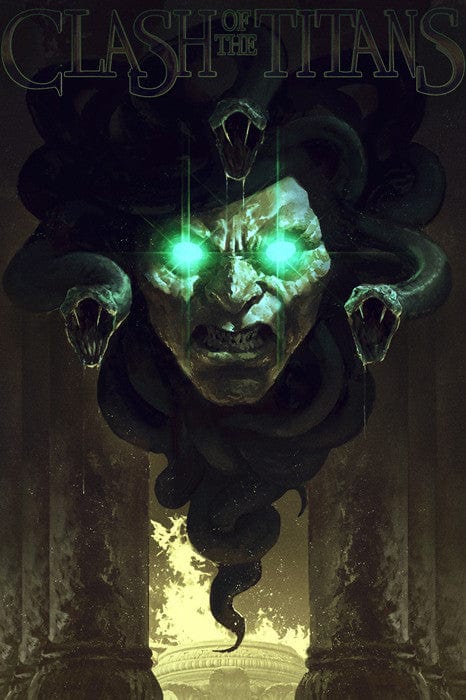
‘Clash of the Titans’ by Dave Rapoza

‘Halloween’ by Jason Edmiston
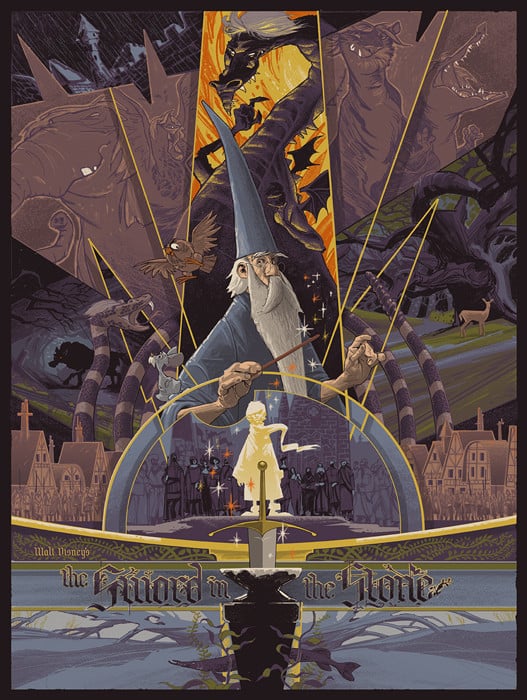
‘Sword in the Stone’ by Rich Kelly
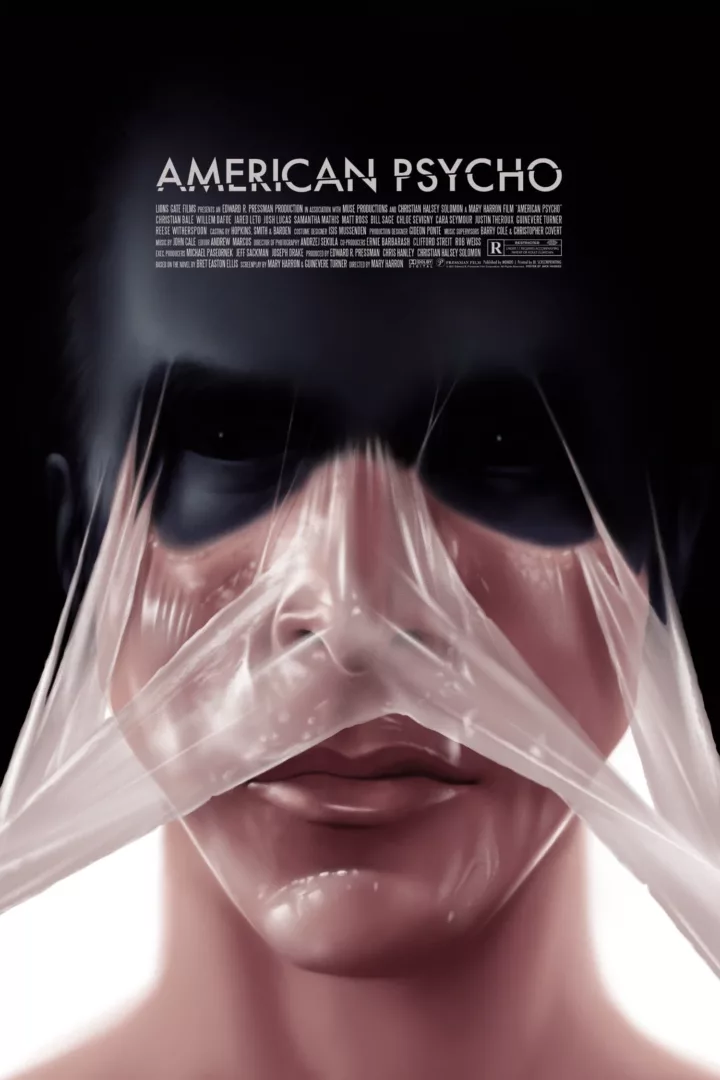
‘American Psycho’ by Jack Hughes
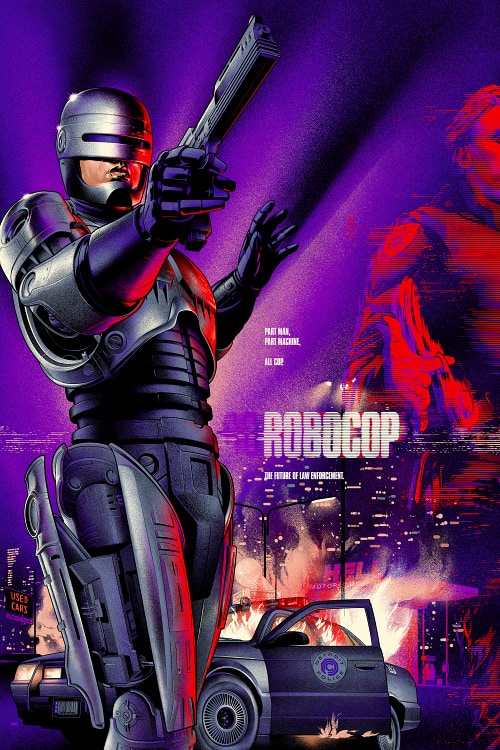
‘RoboCop’ by Martin Ansin for his show with Kevin Tong at Mondo
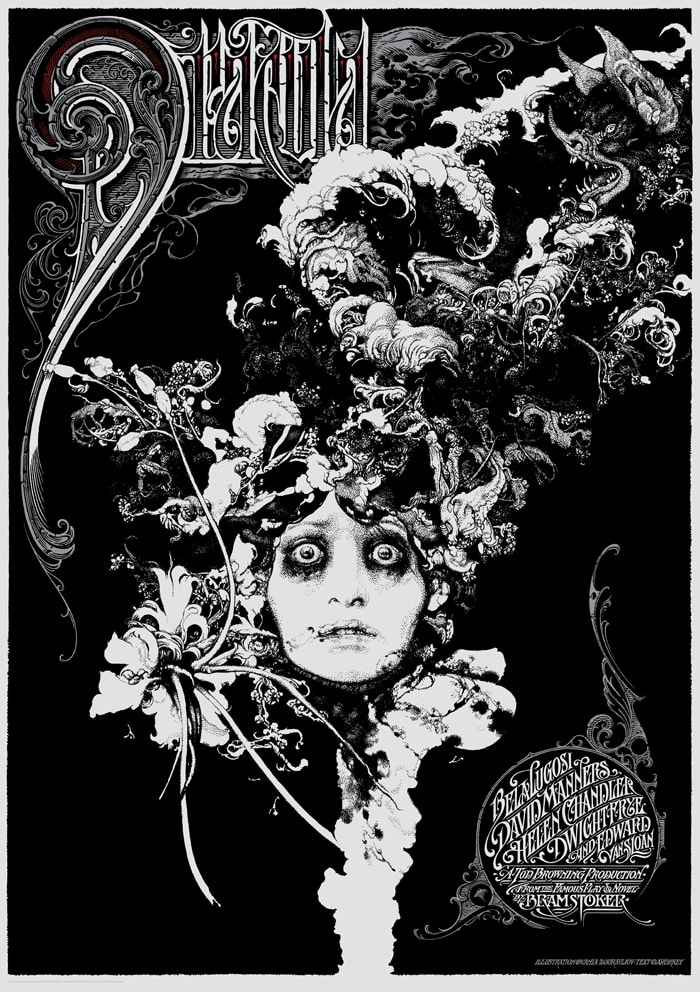
‘Dracula’ by Vania Zouravliov & lettering by Aaron Horkey
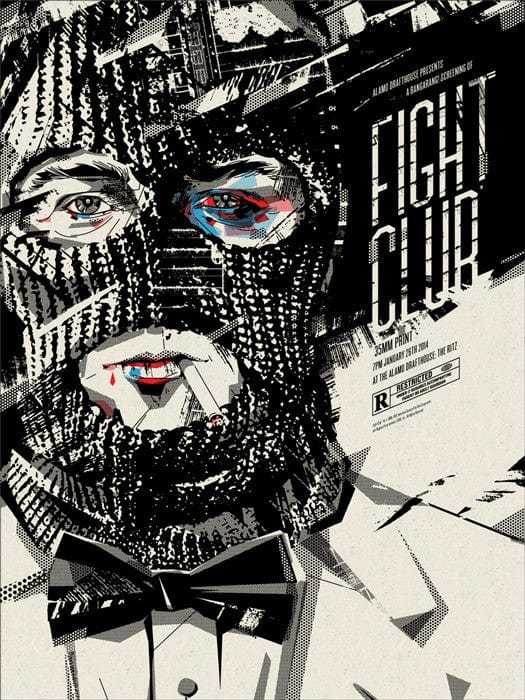
‘Fight Club’ by Delicious Design League
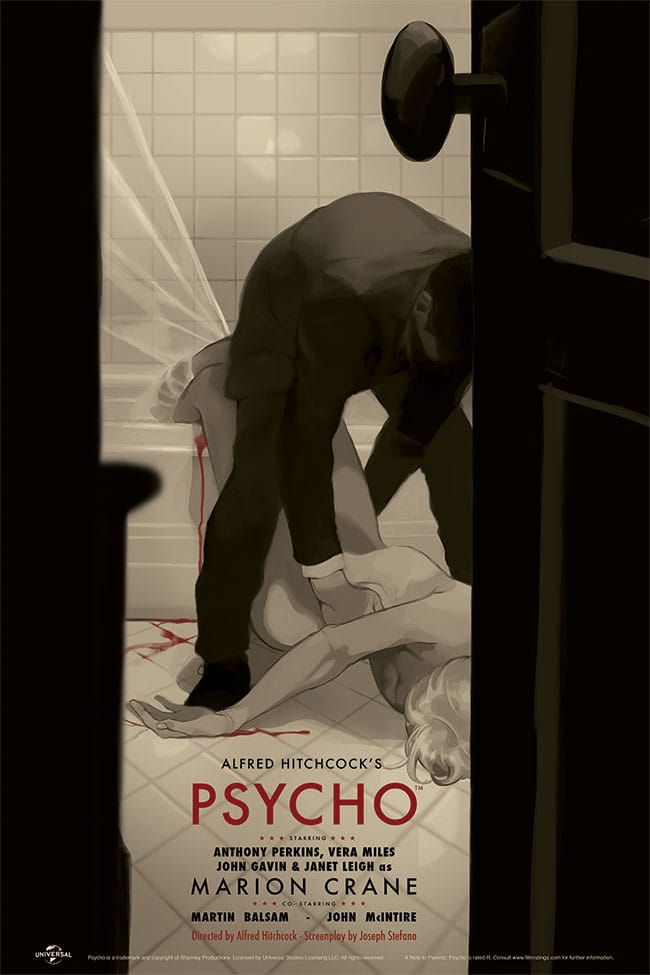
‘Psycho’ by Tomer Hanuka for Mondo
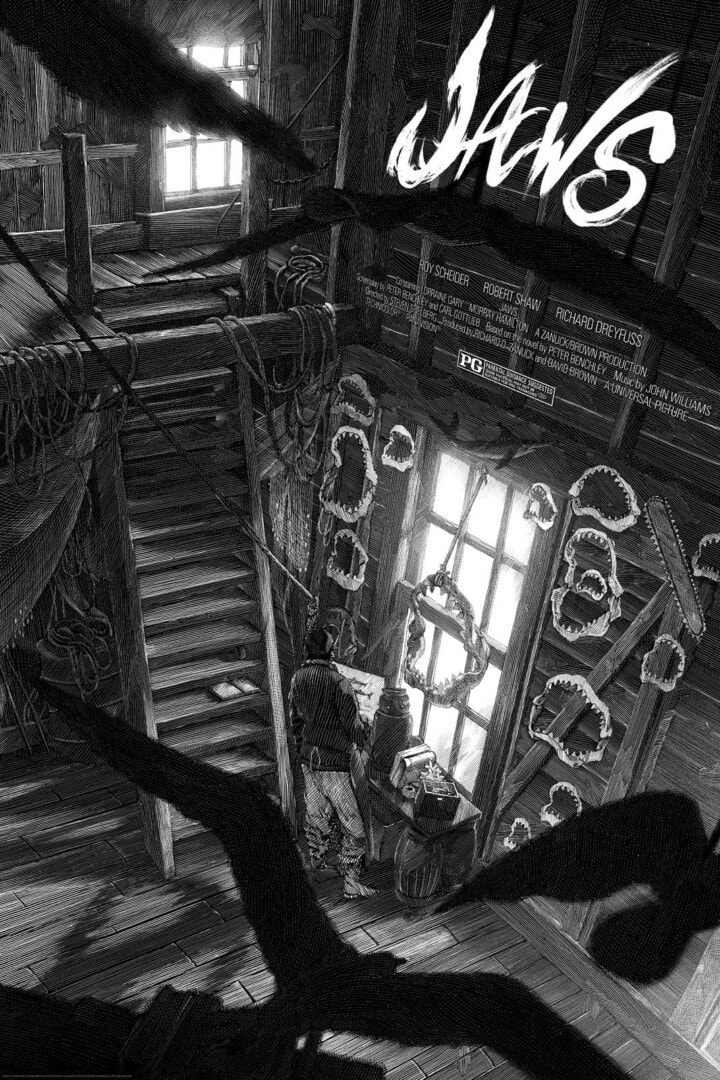
‘Jaws’ by Nicolas Delort
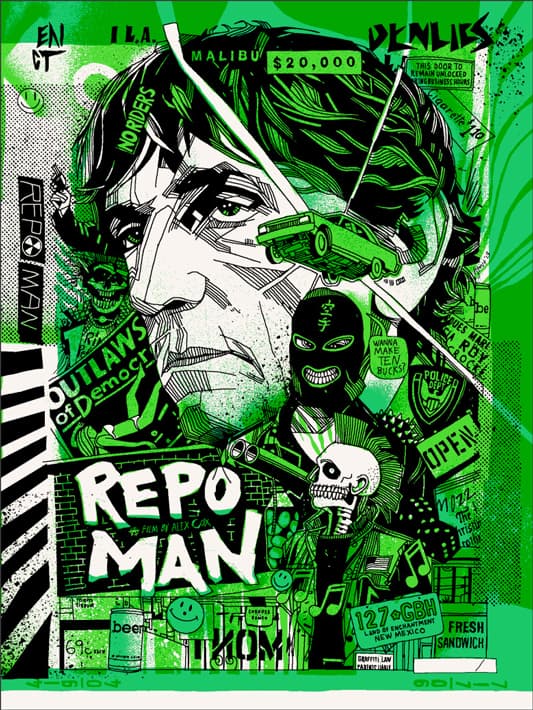
‘Repo Man’ by Tyler Stout for Mondo and the Criterion Collection
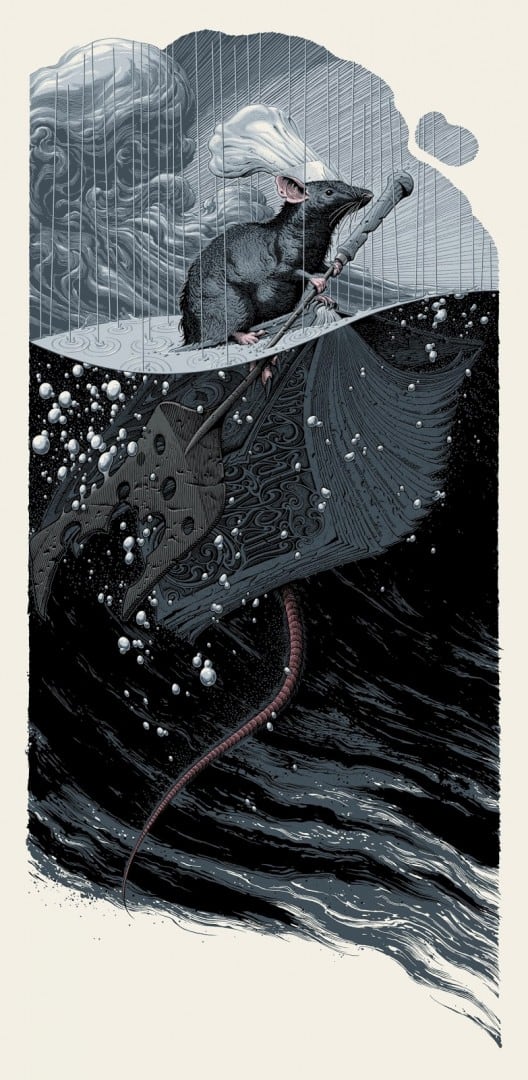
‘Remy Adrift’ by Aaron Horkey for the Mondo + Disney show ‘Nothing’s Impossible’

